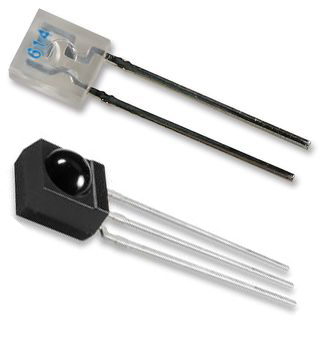hello everyone!
i just try to get a signal from my lg air conditioner, i get this :
Received:
OFF ON
17148 usec, 8340 usec
4140 usec, 560 usec
1580 usec, 560 usec
500 usec, 580 usec
500 usec, 560 usec
520 usec, 560 usec
1560 usec, 580 usec
500 usec, 560 usec
500 usec, 580 usec
500 usec, 580 usec
480 usec, 580 usec
500 usec, 560 usec
520 usec, 560 usec
500 usec, 560 usec
520 usec, 560 usec
1580 usec, 560 usec
500 usec, 580 usec
500 usec, 560 usec
1580 usec, 560 usec
500 usec, 560 usec
1580 usec, 560 usec
1580 usec, 580 usec
500 usec, 560 usec
500 usec, 560 usec
1580 usec, 580 usec
500 usec, 560 usec
500 usec, 580 usec
500 usec, 560 usec
520 usec, 560 usec
1560 usec, 580 usec
int IRsignal[] = {
// ON, OFF (in 10's of microseconds)
834, 414,
56, 158,
56, 50,
58, 50,
56, 52,
56, 156,
58, 50,
56, 50,
58, 50,
58, 48,
58, 50,
56, 52,
56, 50,
56, 52,
56, 158,
56, 50,
58, 50,
56, 158,
56, 50,
56, 158,
56, 158,
58, 50,
56, 50,
56, 158,
58, 50,
56, 50,
58, 50,
56, 52,
56, 156,
58, 0};
how i get the original singal for sent to air conditioner?
tnx all!
this my emitter and receiver :

datasheet : http://www.arduinodiy.co.uk/ebayimages/ebaycontent/IrReceiver30492.pdf